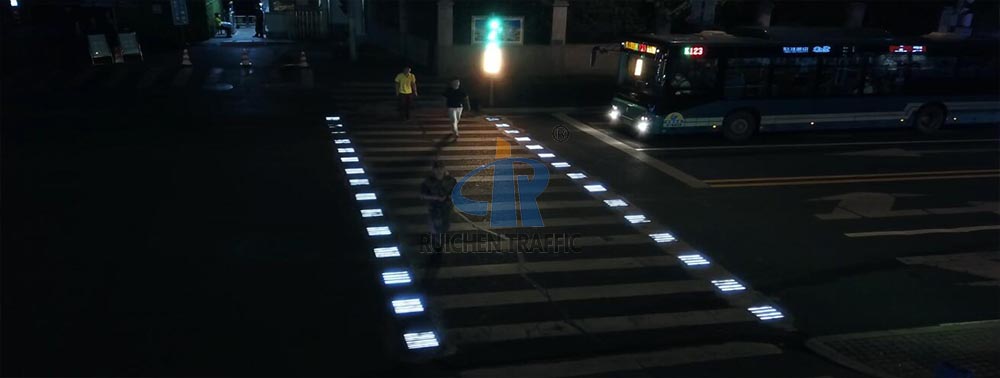Traffic Lights are an important part of
traffic signals and the basic language of road traffic.
Traffic Lights consist of red lights (no overtaking), green lights (permission to pass) and yellow lights (warning).
Divided into: motor vehicle Traffic Lights, non-motor vehicle Traffic Lights, pedestrian crossing
Traffic Lights, lane signal lights, direction indicators, light warning signal lights, road and railway level intersection signal lights.
 Road Traffic Lights
Road Traffic Lights is a traffic safety product.
It is an important tool to strengthen road traffic management, reduce traffic accidents, improve road utilization efficiency, and improve traffic conditions. Suitable for intersections, T-shaped intersections, etc., controlled by road traffic signals
Controller control, assisting vehicles and pedestrians to pass safely and orderly.
The main types of
Traffic Lights are: motor vehicle lane signal lights, pedestrian crossing
signal lights (that is, traffic lights), non-motor vehicle lane Traffic Lights, direction indicators, mobile traffic lights, fluorescent lamp warning Traffic Lights, and toll booth ceiling signal lights.

Traffic Lights Color:
After the improvement of red lights, yellow lights and green lights were added to indicate that the traffic stopped at the earliest.
On the one hand, three primary colors are employed. On the other hand, the use of these three colors as
Traffic Lights is also related to people's visual structure and psychological response.

The human retina contains rods and three types of cones:
shape photoreceptor cells. Rod cells are particularly sensitive to yellow light, while cone cells are most sensitive to red, green and blue light. Due to this visual structure, it is easy to distinguish between red and green.
Although yellow and blue are also easy to distinguish, because the eyeball is sensitive to blue light and has fewer sensitive photoreceptors, red and green are more suitable for color discrimination. It can be seen that Traffic Lights are not randomly set.


